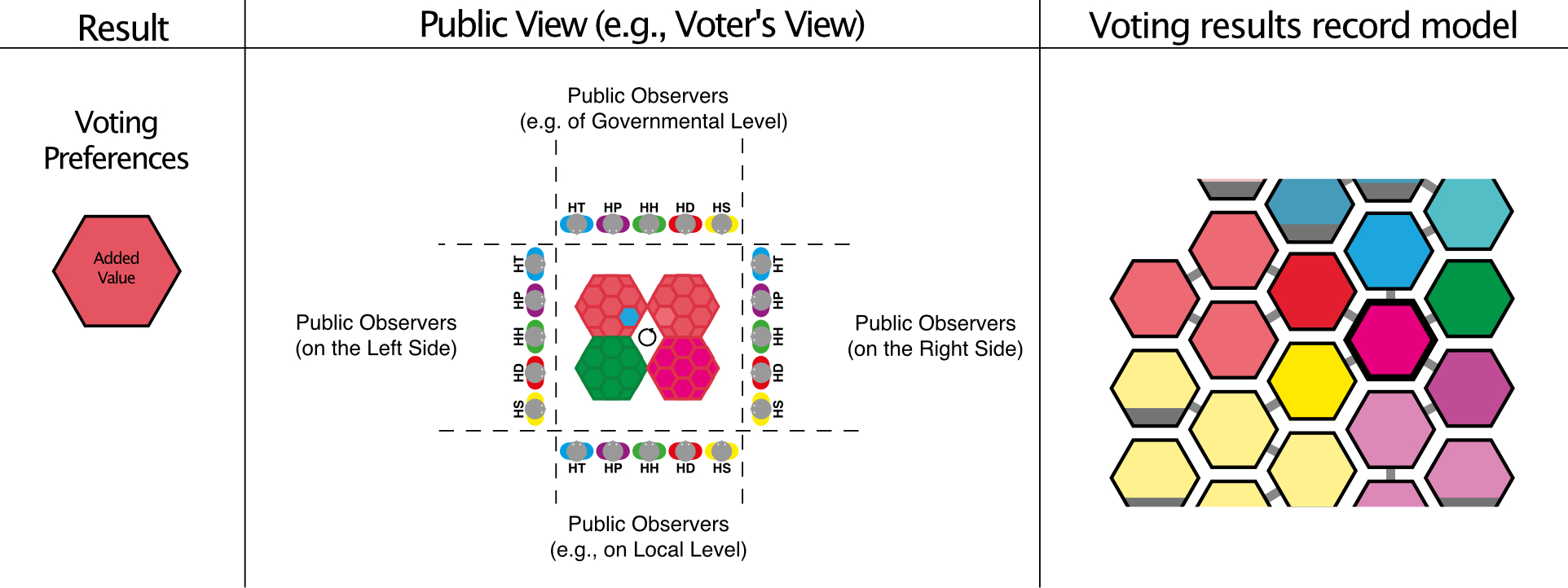Figure C6h.4 Public view on the voting preferences

Figure C6h.4 Public view on the voting preferences
The mentioned ideas of the models in Figure C6h.3 offer a comprehensive approach both to the project stakeholders and the voters of the democratic administrative infrastructure. In other words, the model must attract politicians and motivate voters to participate in the joint work.
Scaling in this direction means setting priorities for main topics, e.g.:
setting up cross-sectoral coordination and good governance,
consensus on implementation strategy,
hard work with setting up and long-term consolidation of own financial and capital resources,
understanding digital transformation and constant care for understanding and practical AFT applications (simple cases, stories, narratives), especially data Blockchain environment, and Smart Contract process algorithms.
All this with the awareness of the risks associated with natural disasters and the consolidation of used laws and set policies (local, national, global).
Risks should be seen, for example, in underestimating the techniques (steps) already used today for project preparation (e.g., Public Hearings or Citizen's Charter). It is logical to suppose these steps are not carried out correctly.
If we ignore it, the project will likely be harmed, for example, in both stages. Due to neglected maintenance, or via permanently untransformed experiences, archaism skills, with rooted lack of interest in not being agile, the project gains shortcomings at the starting stages of the preparation stages.
Then the risks of a potential disaster that the project should solve will turn into a natural disaster. Such an approach is a picture (label) of those who abuse the results of projects and innovate (distort) principles of project algorithms.
It is a warning for tolerating the inconsistent (chaotic) digital transformation. It recalls risks of solo (per-partes) solutions and potential defeats from the misunderstanding of the role of AFT in projects and processes of the global digital transformation in its zero running preparation stages.
All this with the awareness of the risks associated with natural disasters and the consolidation of used laws and set policies (local, national, global).
Risks should be seen, for example, in underestimating the techniques (steps) already used today for project preparation (e.g., Public Procurement, Public Hearings, or Citizen's Charter). It is logical to suppose these steps are not carried out correctly, mainly if it is the first wave of such effort.
If we ignore these risks, the project will likely be harmed, for example, in both stages. Due to neglected maintenance, or via permanently untransformed experiences, archaism skills, with rooted lack of interest in not being agile, the project gains shortcomings at the starting stages of the preparation stages.
Then the risks of a potential disaster that the project should solve will turn into a natural disaster. Such an approach is a picture (label) of those who abuse the results of projects and innovate (distort) principles of project algorithms.
It is a warning for a tolerance of the inconsistency of (chaotic) digital transformation warning for a tolerance of the inconsistency of (messy) digital transformation.
It recalls risks of solo (per-partes) solutions and potential defeats from the misunderstanding of the role of AFT in projects and processes of the global digital transformation in its zero running preparation stages.